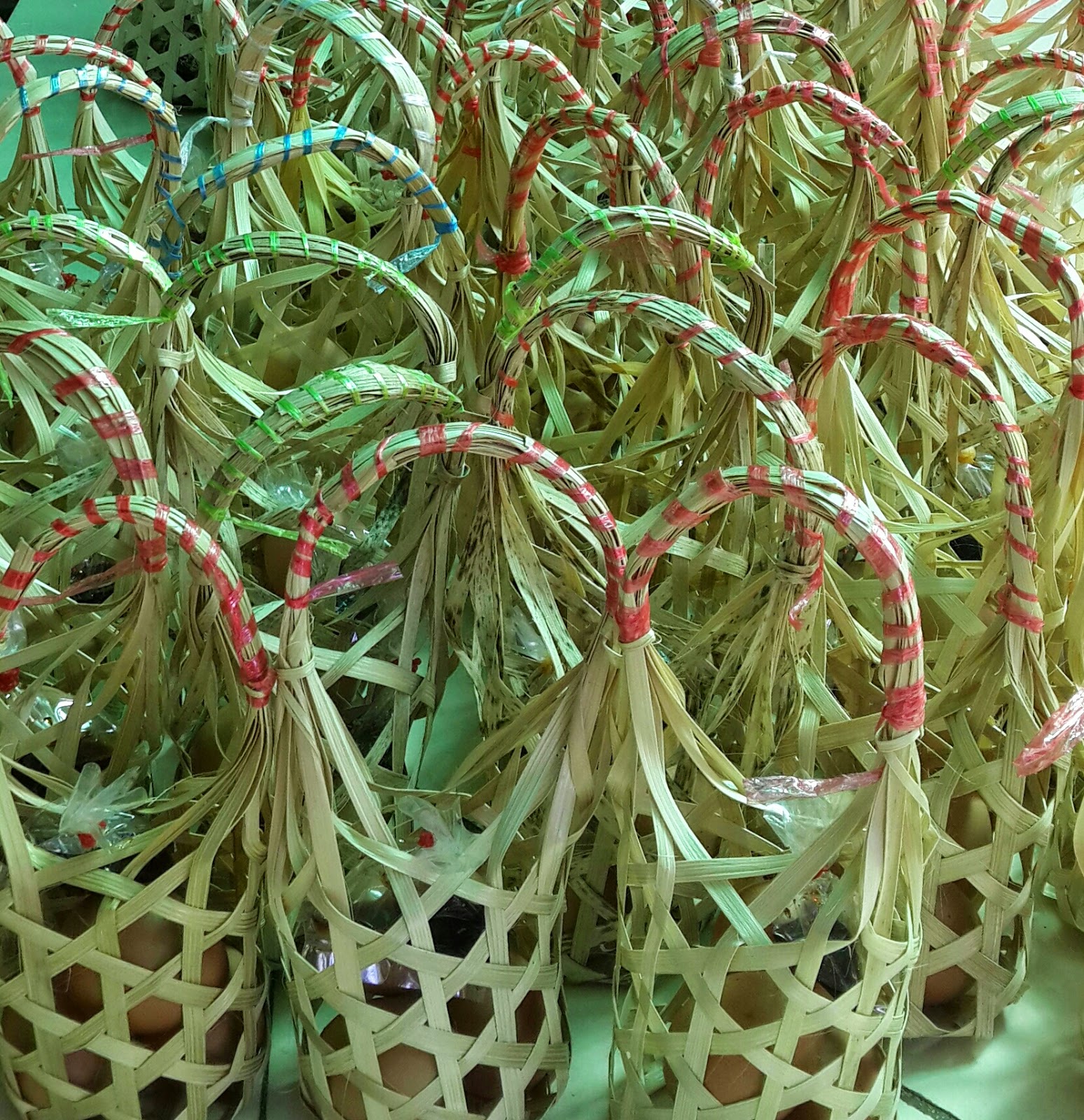 |
| The Kayan are a subgroup of the Red Karen (Karenni) people, a Tibeto-Burman ethnic minority of Burma (Myanmar). The Kayan consists of the following groups: Kayan Lahwi , Kayan Ka Khaung (Gekho), Kayan Lahta, Kayan Ka Ngan. Kayan Gebar, Kayan Kakhi and, sometimes, Bwe people (Kayaw). Padaung (Yan Pa Doung) is a Shan term for the Kayan Lahwi (the group whose women wear the brass neck coils). The Kayan residents in Mae Hong Son Province in Northern Thailand refer to themselves as Kayan and object to being called Padaung. In The Hardy Padaungs (1967) Khin Maung Nyunt, one of the first authors to use the term "Kayan", says that the Padaung prefer to be called Kayan. On the other hand, Pascal Khoo Thwe calls his people Padaung in his 2002 memoir, From the Land of Green Ghosts: A Burmese Odyssey. In the late 1980s and early 1990s due to conflict with the military regime in Burma, many Kayan tribes fled to the Thai border area.[3] Among the refugee camps set up there was a Long Neck section, which became a tourist site, self-sufficient on tourist revenue and not needing financial assistance. Women of the Kayan tribes identify themselves by their forms of dress. Women of the Kayan Lahwi tribe are well known for wearing neck rings, brass coils that are placed around the neck, appearing to lengthen it. The women wearing these coils are known as "giraffe women" to tourists. |
 |
| Wat Phra That Doi Suthep is a Theravada Buddhist temple in Chiang Mai Province, Thailand. The temple is often referred to as "Doi Suthep" although this is actually the name of the mountain it is located on. The temple is located 15 kilometres (9.3 mi) from the city of Chiang Mai and is a sacred site to many Thai people. From the temple, impressive views of Chiang Mai can be seen and it remains a popular destination for tourists. The original founding of the temple remains a legend and there are a few varied versions. The temple is said to have been founded in 1383 when the first chedi was built. Over time, the temple has expanded, and been made to look more extravagant with many more holy shrines added. A road to the temple was first built in 1935. |
 |
| Our flat. |






















































































oh Mariana...quer dizer...vais a Nelspruit tirar um bocadito do pescoço para chegar agora à tribo das pescuçudas an Tailândia e colocar um acrescento
ReplyDelete...já vi que colocaste a primeira anilha...quantas mais tens que colocar
vais aproveitar e colocar algum acrescento no Marcelo também?
Lol Pedro!
ReplyDeletePedro,
ReplyDeleteFiz mal a alguem?
abc
rsrs...just joking pah
ReplyDeletetens provas dadas que o tamanho não conta...
ahahah, essa conversa estava demais! gostaram de rã? eu adorei. Belas fotos de Chiang... Bjn, M
ReplyDeletelol ....
DeleteSuperb photographs. Looks like you are having a great time.
ReplyDeleteThailand is stunning. ENJOY!! Love Carina, Philippe and Anais